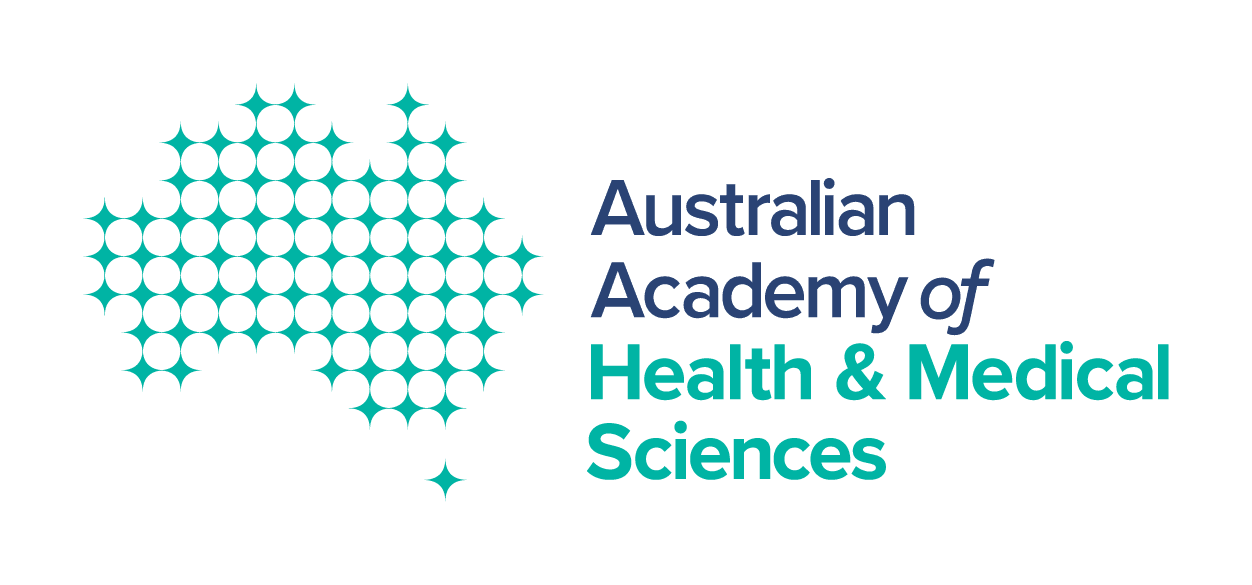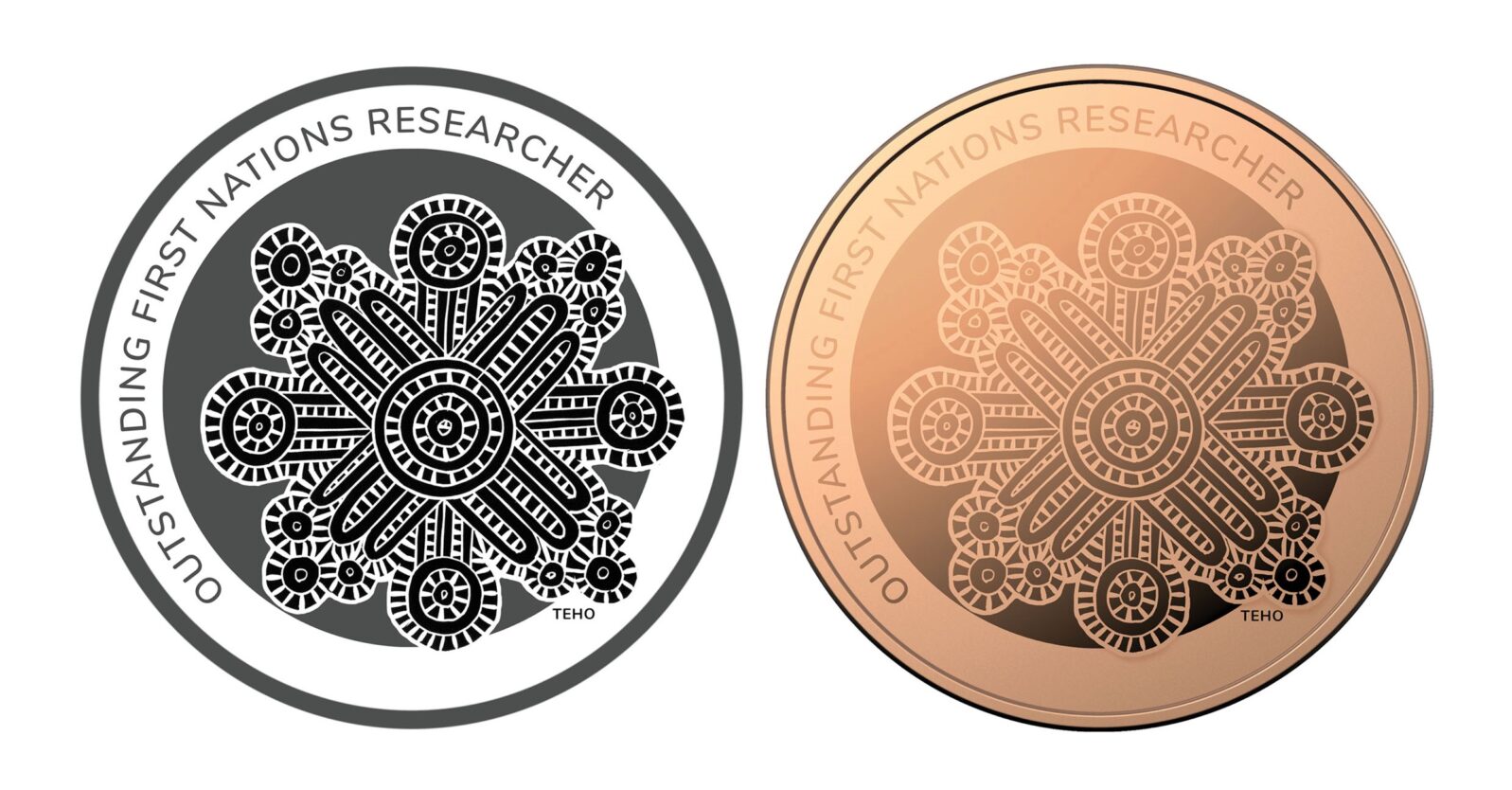This year marks 10 years since the Australian Academy of Health and Medical Sciences was formed. Celebrate with us as we reflect on a decade of advancing research and innovation to improve everyone’s health. This article is the third in a series that highlights 10 of the Academy’s major achievements since it was formed in 2014.
Aboriginal and Torres Strait Islander peoples were the nation’s first scientists, and this year, for the first time, the Academy will award the Outstanding First Nations Researcher Medal.
The award was created specifically to recognise an outstanding mid-career researcher of Aboriginal and/or Torres Strait Islander descent, and was developed with the generous support of the Gandevia Foundation.
AAHMS Fellow Professor Simon Gandevia said the medal would celebrate and highlight the significant achievements of First Nations people in health and medical sciences.
“Historically, the scientific accomplishments of First Nations people have been minimised and undervalued, and they face more barriers to success,” Professor Gandevia said.
“Aboriginal and Torres Strait Islander culture is the world’s oldest continuous culture, and it’s important to recognise, celebrate and learn from the scientific work of the people who have been custodians of this continent for more than 50,000 years.”

The award comes with a $10,000 travel grant, supported by Bellberry, which can be used to support research trips.
Bellberry’s CEO, Kylie Sproston said the organisation was proud to support the medal.
“We are honoured to contribute towards the inaugural Outstanding First Nations Researcher Medal, which recognises and celebrates the contribution of an extraordinary First Nations researcher,” said Ms Sproston.

The medal’s striking design, to be etched into bronze by the Royal Australian Mint, was created by Teho Ropeyarn, an artist and curator from Injinoo, Cape York Peninsula.
Mr Ropeyarn is descended from the Angkamuthi and Yadhaykana clans from Injinoo on the mainland, Badu, Moa and Murray Island in the Torres Strait; Woppaburra people (Great Keppel Island) and Batchulla people (Fraser Island). His practice is focused on his father’s people’s heritage.
The medal’s design is based on Mr Ropeyarn’s work Unggoonggu; in the Angkamuthi dialect of north-western Cape York, unggoonggu (oong-goon-goo) is the language name for stars.
“I’m amazed and I think it’s a privilege to have my work etched into a medal created by the Royal Australian Mint, and very unique at the same time,” Mr Ropeyarn said.
“I think it’s a major achievement for my practice to be commissioned to produce a work for such an important organisation awarding an outstanding First Nations researcher in their field of work.”
The inaugural medal will be awarded at the Academy’s annual meeting in October.
Learn more on our Outstanding First Nations Researcher Medal page.


